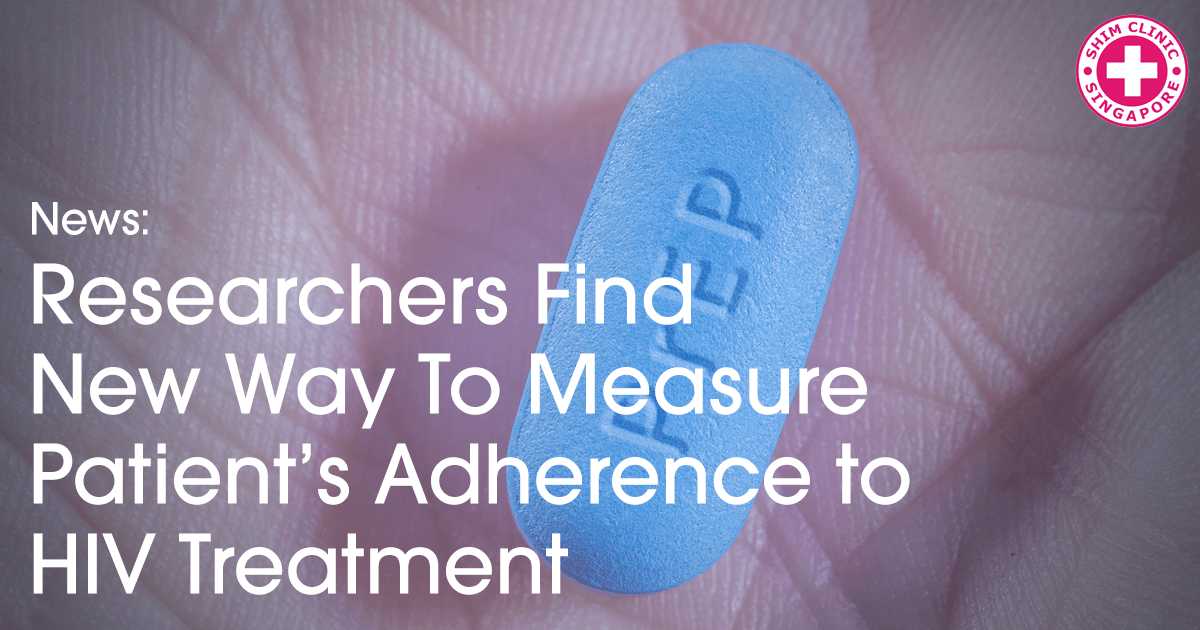As technology gets more advanced, new ways of HIV prevention and dealing with new cases of infections are developed all over the world. Thanks to such efforts towards HIV prevention and more research in that field of study, researchers at the Skaggs School of Pharmacy and Pharmaceutical Sciences at University of Colorado have developed a new procedure that could improve efforts towards prevention of the virus. The technique is able to measure adherence to antiretroviral treatment.
A professor from the institution of higher learning reported that there is a need to measure the adherence of pre-exposure prophylactic (PrEP). This need created by ineffective traditional ways to measure PrEP adherence is what had HIV negative patients who displayed high chances of transmission advised to take PrEP. The treatment is known to reduce chances of contracting the HIV virus during sexual intercourse by 90% and in turn preventing new infections and can be obtained from a STD clinic in Singapore like Shim Clinic. For those who are not on PrEP and suspect an exposure within the last 72 hours, HIV PEP is the way to go.
How the Blood Spot Test Technique Works
PrEP has a long half- life in the red blood cells. It is this fact that the technique takes advantage of. A permeable paper-like card is used to spot a sample of the patient’s blood after which the dried blood is sent to the research laboratory. Once the sample is at the lab, the amount of PrEP drugs from the sample are secluded and measured. Estimation of how many doses a patient has in his system over the period of a month or two is made possible by measuring the presence of the drug in the blood.
Another fact that the technique takes advantage of is that the dried blood spot is an easy sample collection technique unlike most cell sample collections that require a lot of time and effort spent on processing the sample. This also makes it easy for implementation of the test.
International Use of the Blood Spot Test Technique
Due to the positive results drawn from the technique, it is now being used internationally to study HIV prevention and transmission. What’s more, the possibility of measuring adherence to PrEP makes it possible to monitor the adherence of treatments to other drugs such as Hepatitis C.
The new technique is a new welcome by other researchers in the HIV field who are always looking for new ways to manage HIV and AIDS. The professors at Skaggs School of Pharmacy and Pharmaceutical Sciences, who are practicing clinicians and researchers, are appreciated for their advances in improving patient care and outcomes. This prestigious school ranks fifth in NIH-funded research.
A recommendation from the Centre for Disease Control and Prevention to people who are at a high risk of contracting HIV is to consistently take PrEP every day and have consistent check-ups after every three months that would include HIV testing and other STD testing at their health care providers. This will aid in lowering the chances of such people to contract the virus.
Learn What PrEP is with the video below:

